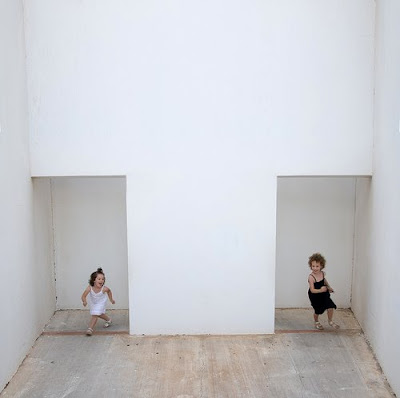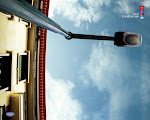
A relação da imagem com a realidade começou a ser discutida no século XIX e diferentes perspectivas foram moldadas ao longo desse período. No livro O Ato Fotográfico (1986), Philippe Dubois define um percurso histórico das posições defendidas, dividido em três partes: a fotografia como espelho do real, a fotografia como tranaformação do real e a fotografia como traço do real.
Nessa postagem eu vou falar um pouco sobre o discurso da fotografia como espelho do real, que preponderou desde o início do século XIX. Acreditava-se não haver interferência do artista, o que conferia grande capacidade mimética à fotografia. Na verdade, o fotógrafo não era considerado artista, apenas reprodutor da realidade. Dubois define a ruptura da arte com a fotografia concebida na época:
"Essa bipartição recobre claramente uma posição entre a técnica, por um lado, e a atividade humana, por outro. Nessa perspectiva, a fotografia seria o resultado objetivo da neutralidade de um aparelho, enquanto a pintura seria o produto subjetivo da sensibilidade de um artista e sua habilidade".
Enquanto o fotojornalismo recai sobre esse discuro, de que reproduz a realidade fielmente, a foto publicitária vem na contramão: assume a manipulação da imagem para cumprir um briefing, vender um produto.
english version
Reality representation x Publicity photography
The relation between image and reality began to be discussed in the 19th century and different perspetives were moulded in this period. In the book The Photographic Act (1986), Philippe Dubois defines a historic course of the positions, separeted in three parts: the photography as a reality mirror, the photography as a reality transformation and the photography as a reality trace.
In this post I’ll talk about the photography as a reality mirror, speech that predominated since the beginning of 19th century. People used to believe that there was no artist interference, what conferred great simulation capacity to photography. Actually, the photographer wasn’t considered an artist, just a reality reproducer. Dubois defines the rupture of art and photography conceded at the time:
“This bipartition recovers clearly a position between technique, on one side, and human activity, on the other. In this perspective, the photography would be the objective result of the equipment neutrality, while painting would be the subjective result of an artist sensibility and hability”.
While photojournalism falls on this speech, that reproduces faithfully the reality, the publicity photography comes in the opposite direction: assumes the image manipulation to accomplish a briefing, sell a product.





























